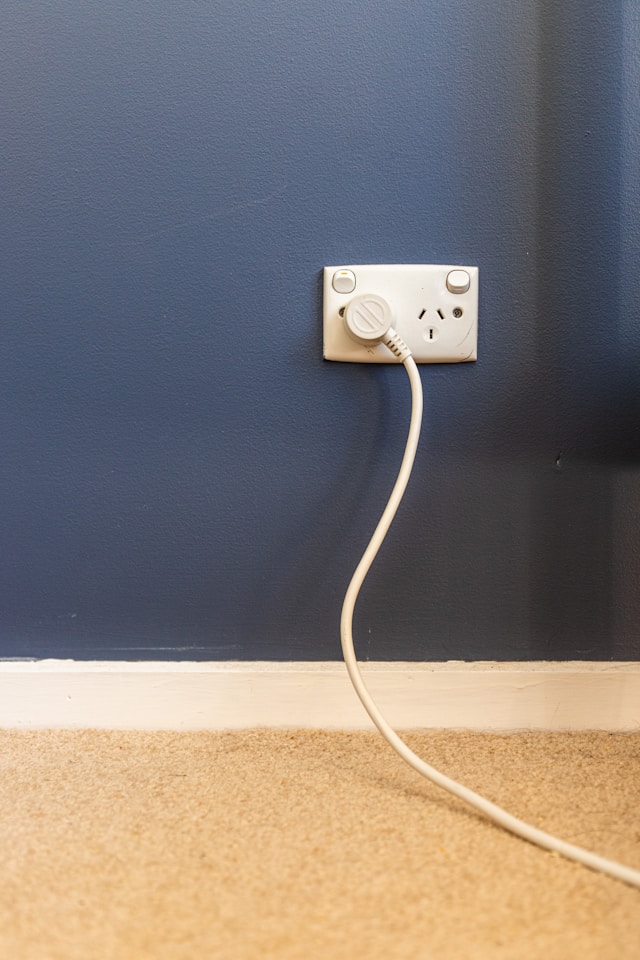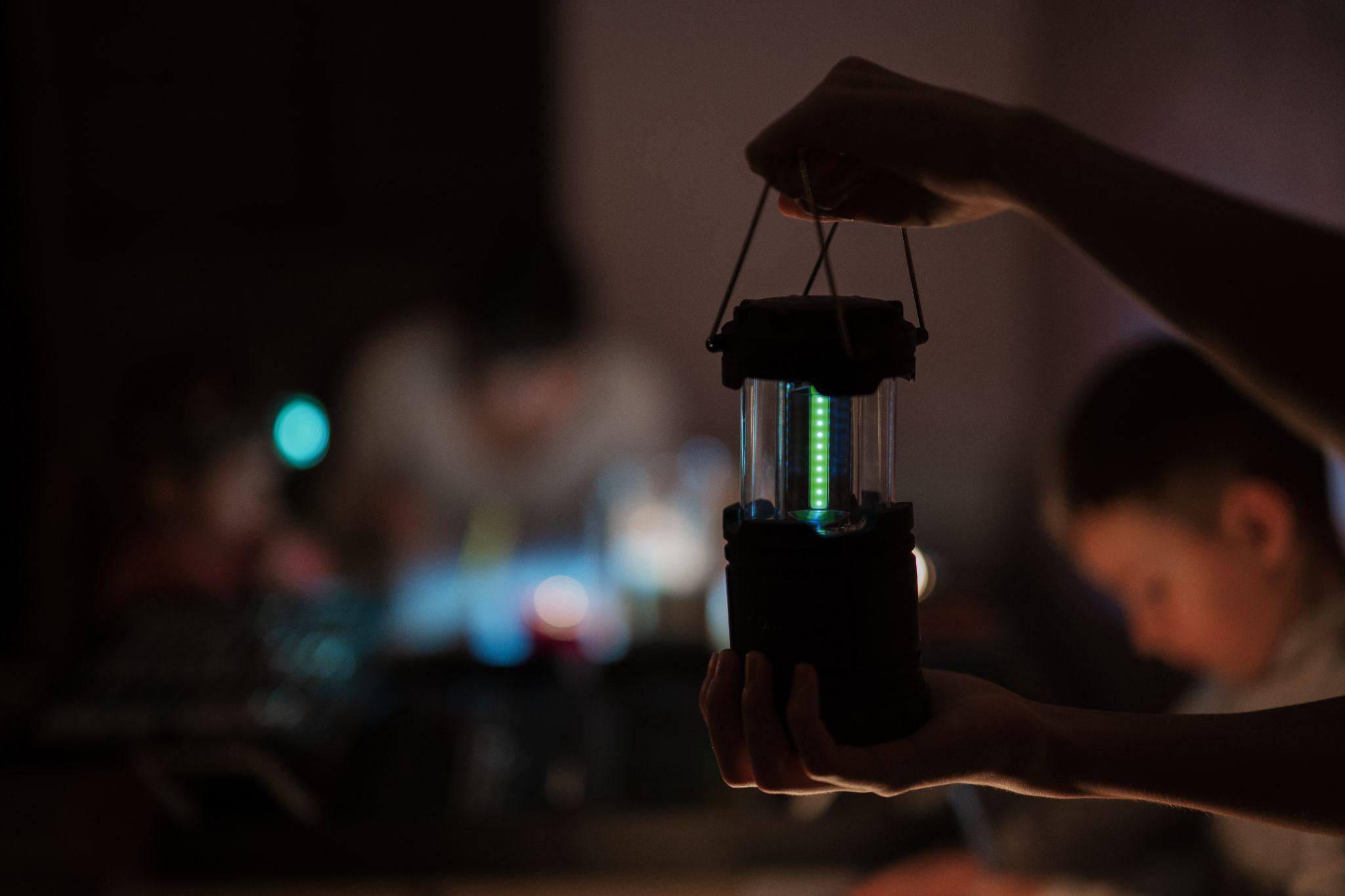The Importance of Backup Power: Why Homeowners Are Investing in Generac Residential Generators
In an increasingly electrified world, power outages can disrupt not just comfort but essential home functions. From refrigeration to medical equipment, heating systems to home offices, the modern household relies heavily on consistent electricity. This dependence has led to a significant rise in homeowners investing in backup power solutions, with standby generators becoming a popular choice for those seeking peace of mind and uninterrupted power.
Understanding the Need for Backup Power
Power outages occur for various reasons – severe weather events, grid failures, scheduled maintenance, or unexpected accidents. The frequency and duration of these outages vary by region, but their impact remains consistently disruptive. According to data from the U.S. Energy Information Administration, the average American experiences approximately 8 hours of power outages annually, with some regions facing significantly higher numbers.
The consequences of these outages extend beyond mere inconvenience:
- Food spoilage in refrigerators and freezers
- Disruption to work-from-home arrangements
- Compromised home security systems
- Potential damage to sensitive electronics
- Risk to temperature-dependent medical equipment
- Heating or cooling system failure in extreme weather
For many homeowners, these risks have become unacceptable, particularly as remote work becomes more common and as extreme weather events increase in frequency and severity.
The Rise of Residential Standby Generators
While portable generators have long been a temporary solution during outages, many homeowners are now turning to permanent standby generators for comprehensive protection. Unlike portable units that require manual setup and fueling during an outage, standby generators are permanently installed outside the home and activate automatically when power is lost.
Generac residential generators have emerged as industry leaders in this space, offering reliable backup power solutions that integrate seamlessly with home electrical systems. These units are designed to provide immediate, automatic backup power without homeowner intervention.

How Standby Generators Work
The operational concept behind standby generators is straightforward yet sophisticated:
- The generator is permanently installed outside the home, similar to an HVAC unit
- It connects to the home’s electrical system via a transfer switch
- The unit monitors utility power continuously
- When an outage occurs, the transfer switch disconnects from the utility grid
- The generator engine starts automatically
- The transfer switch connects the home’s electrical panel to the generator
- When utility power returns, the process reverses automatically
This automation ensures that power disruption is minimal – often just seconds – before backup power engages. For homes with critical systems or vulnerable residents, this near-seamless transition can be essential.
Selecting the Right Generator Capacity
One of the most important considerations when installing a standby generator is determining the appropriate capacity. Generators are rated in kilowatts (kW), and the right size depends on what a homeowner needs to power.
A professional assessment typically involves:
- Cataloging essential circuits and appliances
- Calculating starting and running wattage requirements
- Considering future electrical needs
- Balancing capacity with budget considerations
Most residential installations range from 8kW to 22kW, though larger homes may require more substantial units. An 8-10kW generator can typically power essential circuits, while a 20-22kW unit can often handle most or all of a medium-sized home’s electrical needs.
Fuel Options and Considerations
Residential standby generators operate on various fuel sources, each with distinct advantages:
- Natural gas: Convenient and unlimited supply if home already has service
- Propane: Stored on-site in tanks, excellent for areas without natural gas service
- Diesel: Efficient but requires storage and maintenance consideration
For most homeowners, natural gas offers the most convenient solution when available, as it eliminates concerns about fuel storage and refilling during extended outages.

Installation and Maintenance Requirements
Professional installation is crucial for standby generators, as they integrate with both electrical systems and fuel sources. Installation typically involves:
- Proper placement according to local codes and manufacturer specifications
- Concrete pad installation
- Fuel line connection
- Electrical integration via transfer switch
- System testing and commissioning
Ongoing maintenance is relatively minimal but essential for reliability. Most manufacturers recommend:
- Regular oil and filter changes (typically annually)
- Battery inspection and replacement as needed
- Periodic system testing
- Professional inspection annually
With proper maintenance, quality standby generators can provide reliable service for 15-20 years or more.
The Return on Investment
While the initial investment in a standby generator system can be substantial, many homeowners find the return on investment compelling when considering:
- Protection against food spoilage during outages
- Ability to maintain work continuity for remote workers
- Enhanced property value (often recouping 50-85% of installation costs)
- Prevention of weather-related damage (frozen pipes, mold from humidity control loss)
- Peace of mind during severe weather events
For homes in areas prone to frequent or prolonged outages, the investment becomes even more practical rather than simply precautionary.
As our dependence on electrical systems continues to grow, the need for reliable backup power becomes increasingly important. For many homeowners, standby generators represent not just an emergency precaution but an essential component of a resilient, modern home.









